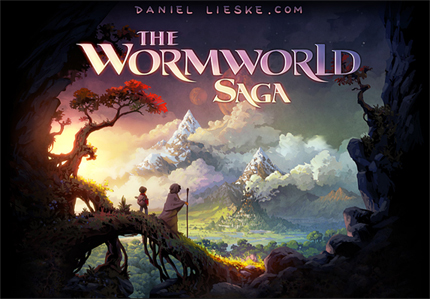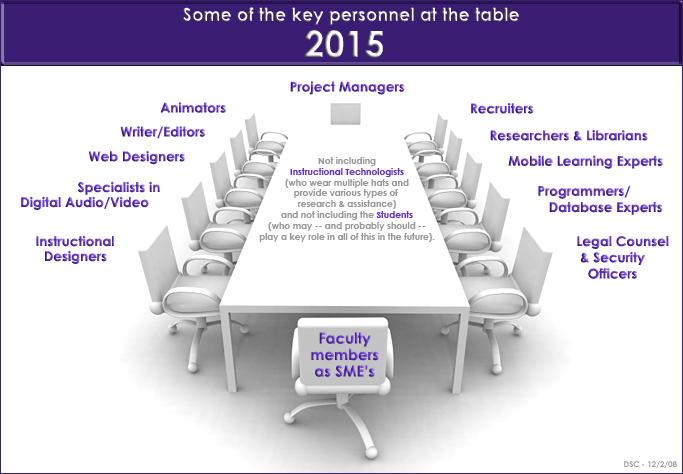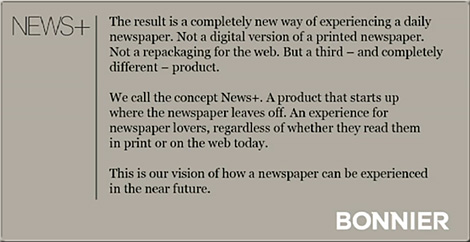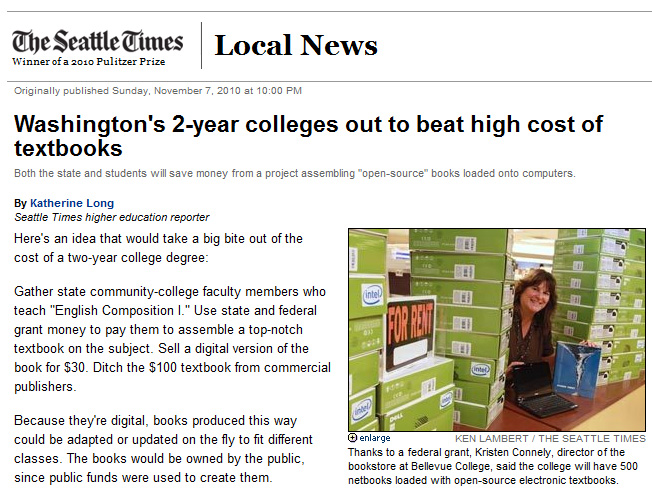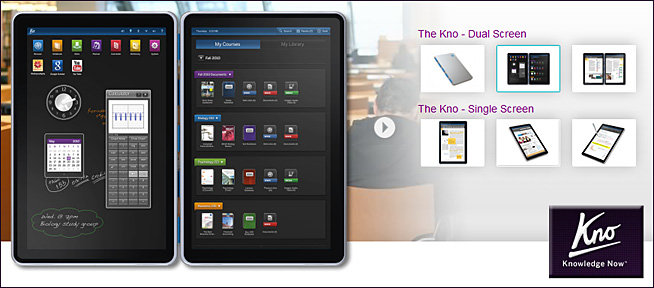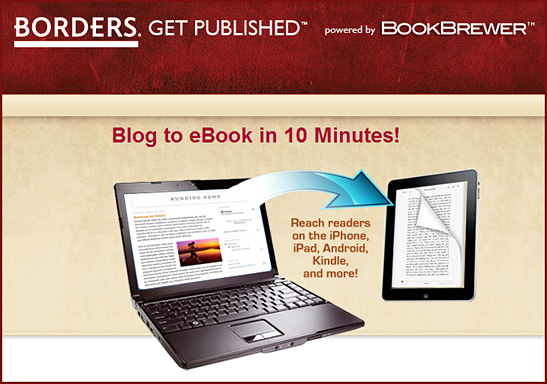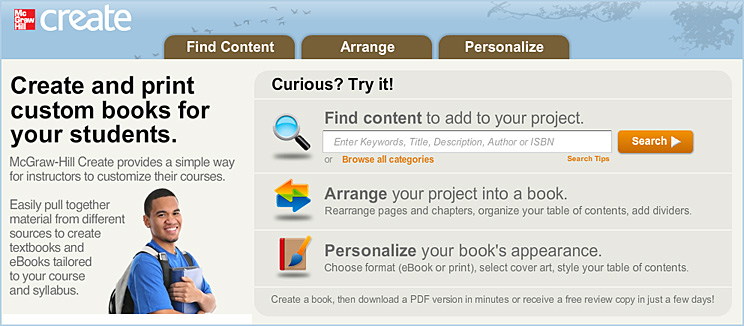http://chapter01.wormworldsaga.com/
.
Also see:
From DSC:
First of all, my thanks to Mr. Joseph Byerwalter for this resource/link. I haven’t read this story; however I was intrigued by the user interface design here and it made me think of some related items/topics here:
I would have loved to see some more multimedia integrated into Daniel Lieske’s fabulous artwork — sound effects/audio/music and/or the capability of hearing the author read the story. Also, perhaps some interactivity may or may not add something here. In any case, this is a piece of the type of thing that I believe we will see much more of on devices like the iPad — as well as on Internet-connected televisions:
Incredibly-powerful, interactive, multimedia-based
methods of relaying one’s story or message.
Also, such endeavors open up a slew of potential future opportunities for our students (artists, musicians, sound engineers, writers, programmers, interface designers, user experience experts, etc.) — as well as chances to practice their creativity today.









